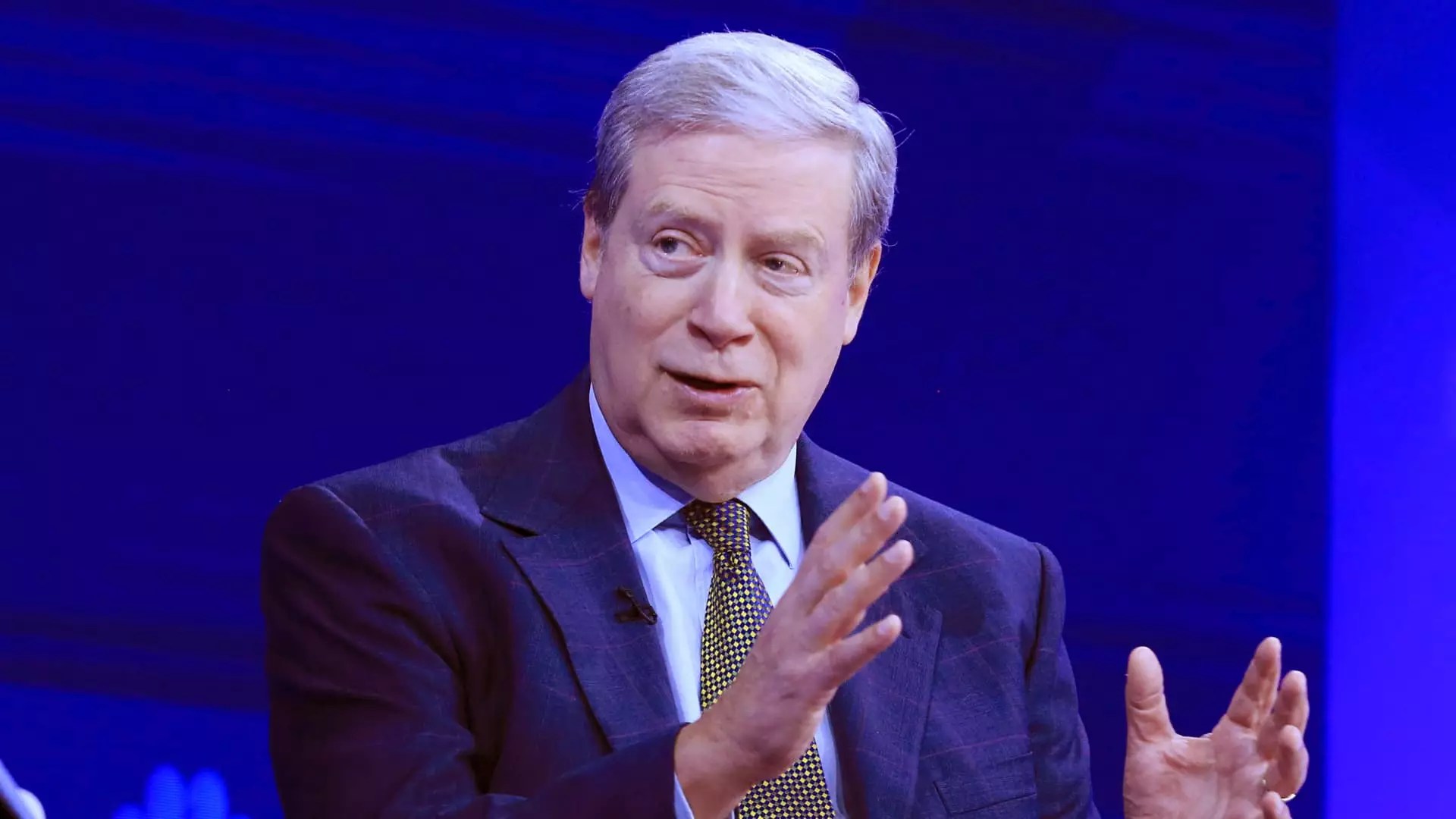In the wake of Donald Trump’s re-election, the investment landscape has sparked renewed enthusiasm among business leaders and investors, as observed by billionaire investor Stanley Druckenmiller. Drawing upon nearly five decades of investment experience, he highlighted a significant shift from what he terms an “anti-business administration” towards a more favorable economic climate for enterprises. This transformation, he asserts, has created a blend of relief and excitement among CEOs, suggesting a resurgence of what economists refer to as “animal spirits,” a term depicting the instincts and emotions that drive consumer and investor behavior.
Such optimism, while palpable, underscores a deeper complexity within the economy. The soaring sentiments in the aftermath of Trump’s victory have sent the S&P 500 soaring nearly 6% in November alone, pushing the index’s gains for 2024 to an impressive 23.3%. Driven by anticipations of tax cuts and deregulation, the resultant buoyancy has favored riskier assets, including bank stocks and cryptocurrencies like Bitcoin that reached an all-time high. This scenario paints a backdrop of opportunism for investors willing to engage in a market that feels ripe with potential, but caution remains a vital sentiment for Druckenmiller.
The Conundrum of Rising Bond Yields
While the immediate economic outlook appears optimistic, Druckenmiller advises prudence regarding the stock market, primarily due to persistently elevated bond yields. His perspective is steeped in cautious analysis; while a robust economy typically leads to increased consumer spending and growth, soaring bond yields could present challenges. Druckenmiller currently holds a short position against Treasurys, essentially betting on a decline in bond prices alongside a rise in yields. This strategic positioning highlights his belief in the complexities of today’s markets where he sees the dichotomy between economic strength and the repercussions of rising bond yields.
“I would say it’s complicated,” Druckenmiller remarked, reflecting on the driving forces within the economy. This acknowledgment of the nuanced relationship between economic growth and bond market dynamics showcases his commitment to a balanced outlook, eschewing overly bullish sentiment in favor of nuanced analysis.
Druckenmiller’s investment strategy moving forward will focus explicitly on select individual stocks rather than the broader market trajectory. With the technological revolution ushered in by artificial intelligence, he sees great potential in companies that harness these advancements to drive down operational costs and augment productivity. Although he has divested from prominent tech players like Nvidia and Microsoft, he remains intentionally vague about his current investments within the AI space, hinting at strategic caution in a rapidly evolving sector.
This posture highlights the duality of risk-taking in the context of innovation. Companies investing in AI technologies present opportunities for substantial growth but also carry inherent risks as the market segments adjust to these dynamics. Investors like Druckenmiller recognize that picking the right stocks in this revolution will be pivotal in capitalizing on the market’s potential while navigating its inherent volatilities.
In addressing the broader economic implications of Trump’s administration—including worries about punitive tariffs—Druckenmiller offers a nuanced view. He argues that while tariffs may carry the risk of retaliatory measures from trading partners, they could also serve as a means of generating revenue to offset fiscal issues facing the country. His perspective frames tariffs as a form of consumption tax, primarily affecting foreign entities. He posits that as long as tariff rates remain in a manageable range, the associated risks can be overshadowed by the potential rewards.
This assertion invites a broader conversation about the intersection of trade policy and economic stability. Tariffs could indeed provide a temporary cushion for fiscal challenges, yet they risk escalating tensions globally, which could have varying implications for different sectors of the economy.
As Drapkenmiller analyzes the current investment landscape, his insights provide a critical lens through which to view the unfolding economic narrative post-Trump. The intersection of market enthusiasm, elevated bond yields, individual stock selection, and trade policies forms a complex tapestry for investors. As he aptly cautions, the landscape may be promising, but it demands a methodical and balanced approach toward navigating the future. The implications of these analyses may serve not only as guidance for seasoned investors but also as a conceptual framework within which emerging challenges in the market can be understood.


Leave a Reply